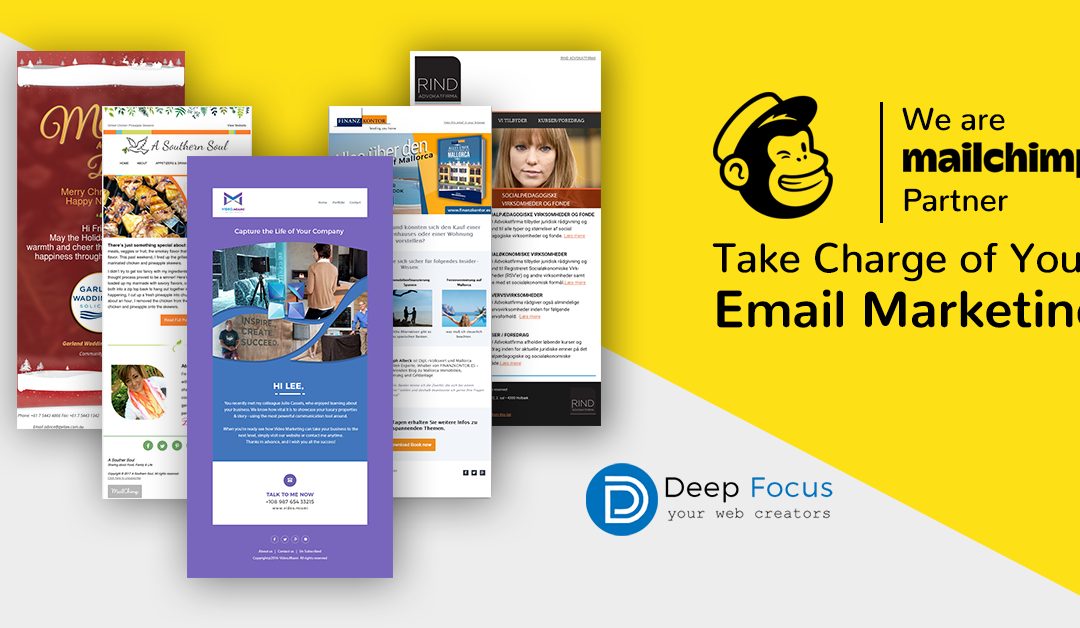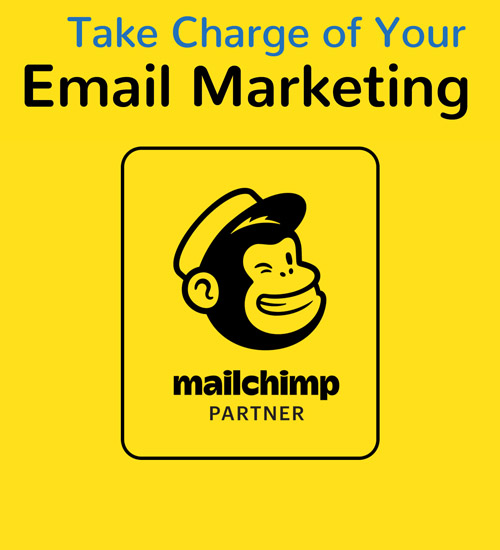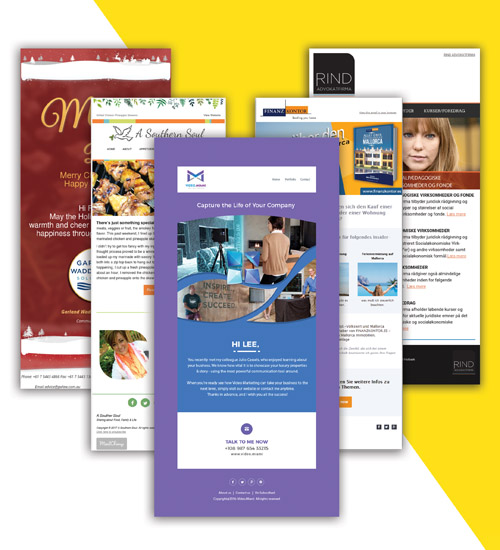MailChimp, founded by Ben Chestnut, recently quoted an astounding figure. They said in one of their blog posts that the average return on every £1 in email marketing yields £38.
As per their most recent data, a DMA UK report stated that for every £1 spent in email marketing, you will get a return of about £42. That is a magnanimous figure, no matter how you slice it.
That said, it’s also a very ambitious figure and that has nothing to do with how DMA reached this conclusion. They must have done their due diligence before publishing it.
It will take a good amount of learning, re-learning and unlearning before you get a 42x return on your email marketing. It’s almost like looking at Arnold Schwarzenegger and deciding to build a physique like him. Can you do it? Probably. Can you do it easily in one year? Most probably – No.
Your email marketing campaign results will be correlated to your industry, your digital marketing spends and your partners.
The 42x ROI number is ambitious. But, your goal as a marketer or business operator should be to maximize your ROI. Now that we are working on the same goal of maximizing your email marketing ROI, here is how you can get started with doing it:
1. Understand the user journey.
Most email marketing guides will start with telling you about building a database, or focusing on the headline or giving CTAs – we will get to that.
But before you start with any of that, you should have a very clear understanding of what is the user’s journey while interacting with your brand. This would usually include what are the various touchpoints she is accessing and the different problems she is trying to find solutions to, while on each stage.
“User journey will also help you understand the different problems your users are facing and how you can solve each one of them. The best way to do understand the user journey is by talking to the brand advocates you already have.”
Typically, user journeys begin with the very first time a user gets to know about your brand. Is it an organic way where someone recommends your product? Or is it an inorganic way, where a user clicks on your social media ad?
This user journey will also help you understand the different problems your users are facing and how you can solve each one of them. The best way to understand the user journey is by talking to the brand advocates you already have.
2. Don’t forget the basics – Segment, Target and Position.
This may sound like Marketing 101, but these basics will be your guiding stars when you start your email marketing campaign.
“As a matter of fact, if you have the right set of digital marketing partners on board, efficient email database management should be the lowest hanging fruit for you. The real hurdle is getting incremental sales with the database.”
These days all businesses have access to some form of database when they are starting their email marketing campaigns. Having worked with a wide group of diverse businesses in event management and education industries, I know that many businesses today have a ton of data on their subscribers and customers right from the outset. As a matter of fact, if you have the right set of digital marketing partners on board, getting a relevant database for email marketing should be the lowest hanging fruit for you. The real hurdle is getting incremental sales with the database.
You have to understand the fact that not all your email receivers are a part of your target audience. This is the first line of segmentation – differentiating between audience (which is receiving and maybe even responding to your emails) and leads (these are the people who fit into your target customer base and show high intent of conversion).
When you segment both the categories of receivers, you will start seeing how you can cater to their unique needs. As you zoom into each category, you will start seeing granular differences in demographics, interests, gender and the stage at which they are in, as per your earlier designed user journey.
Once you have made the segmentations and sub-segmentations, you have to focus on solving their individual problems. The proportion of your email marketing efforts that you deploy in solving each problem, will depend in how close the lead is to be converted into a customer.
3. The trifecta of email marketing is – measure, automate and customize.
Do you remember the times when hand-written letters and cards were in trend? That is the exact experience you have to provide to your target audience, without putting in the manual efforts.
There are two marketing goals that most businesses are trying to accomplish – brand awareness or lead generation. In my 15+ years of experience in helping businesses use email marketing as an effective medium to generate, convert and retain leads for growing the business, I have observed that the ones who understand this bifurcation eventually get great ROI.
“For instance – a campaign for brand awareness will focus more on engagement metrics like open rates, CTR, unsubscribe rates, sharing rates and even spam complaints. A lead generation campaign will focus on conversion rates, return per email, list growth rates and so on. You should run both the type of campaigns.”
Brand awareness campaigns usually consist of problem solving. This helps the reader in interacting with the company. Lead generation campaigns help in pushing the lead towards conversion. Generally, you have to identify standalone elements that can help you achieve this and put them in the proportion relevant to the email marketing campaign goal.
For instance – a campaign for brand awareness will focus more on engagement metrics like open rates, CTR, unsubscribe rates, sharing rates and even spam complaints. A lead generation campaign will focus on conversion rates, return per email, list growth rates and so on. You should run both the type of campaigns. Deciding what kind of campaign you are running will help you ensure what metrics should be used to judge each campaign.
Once you have understood the type of campaigns necessary, you can start working on email automation and customization. Both these aspects have to be integrated in every part of your email marketing campaign. There are tools like MailChimp automation, that can simplify the email automation and customization process for you.
4. The best investment you will make is in getting the right partners on board.
If you are just starting out, it will take considerable amount of resources to get campaign optimization insights. Imagine – if your clients start taking your service in-house, what kind of results will they get? The same applies to your email marketing efforts as well.
If you are a lawyer or a litigation expert, you would be well aware of the nuances of how the law works in your area of expertise. But this does not mean that the same expertise will translate into better email marketing results. Getting the right partners on board will help you build a reliable email database, create working campaigns and optimize them right from the outset.
Good email marketing campaigns start with having the right email database. Should you buy an email database or organically develop one? Stay tuned to know the answer in our next blog.





